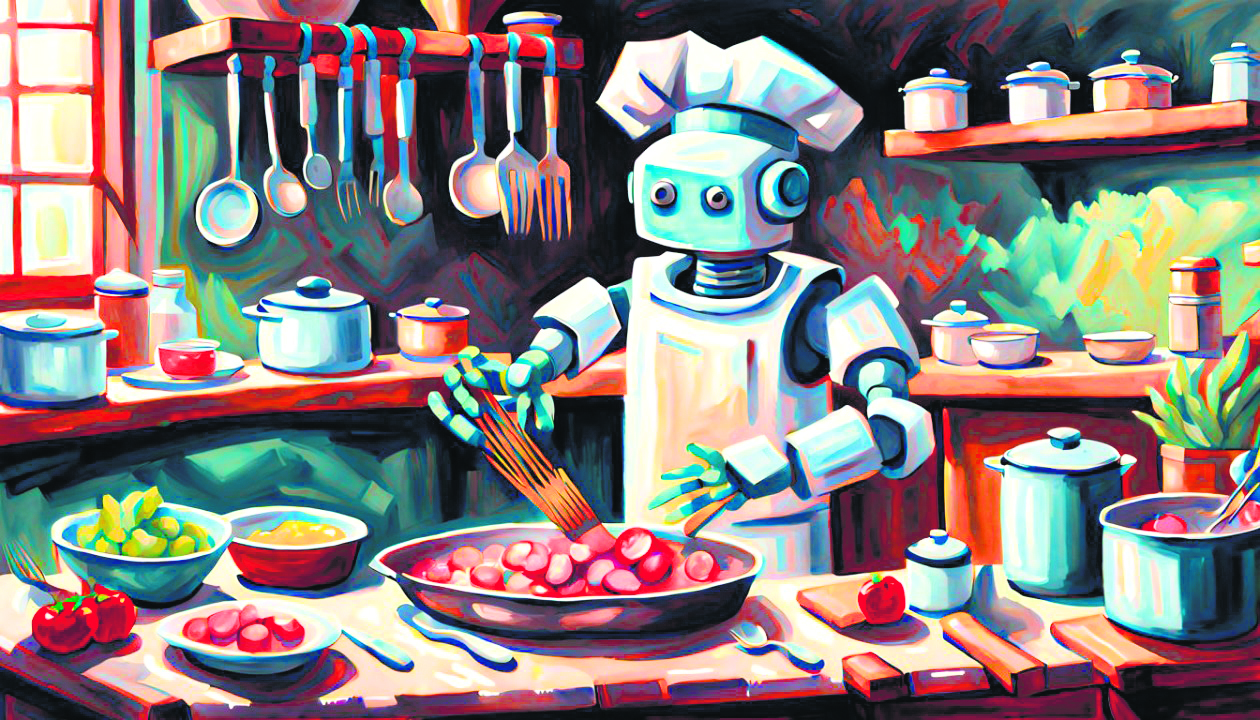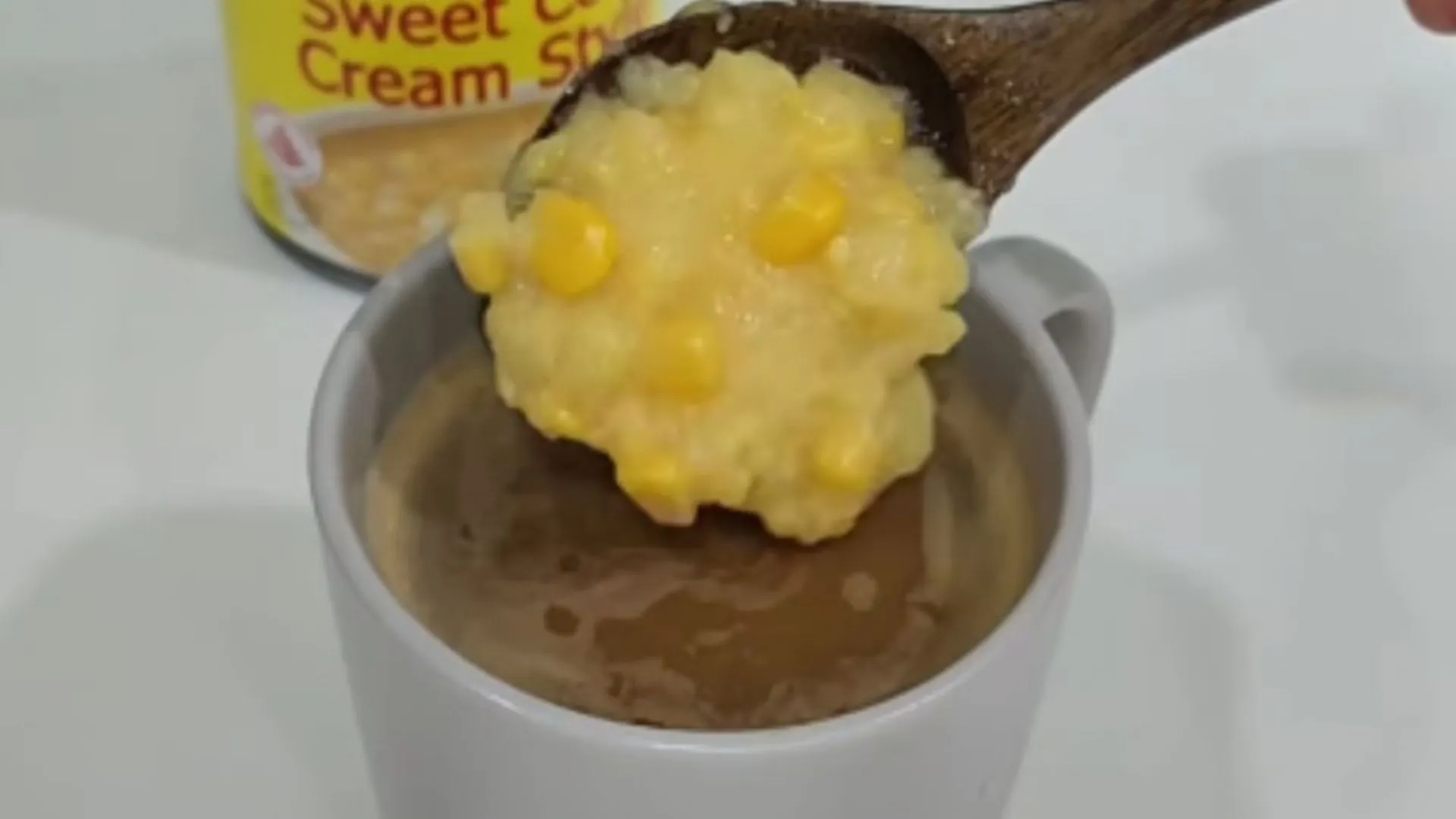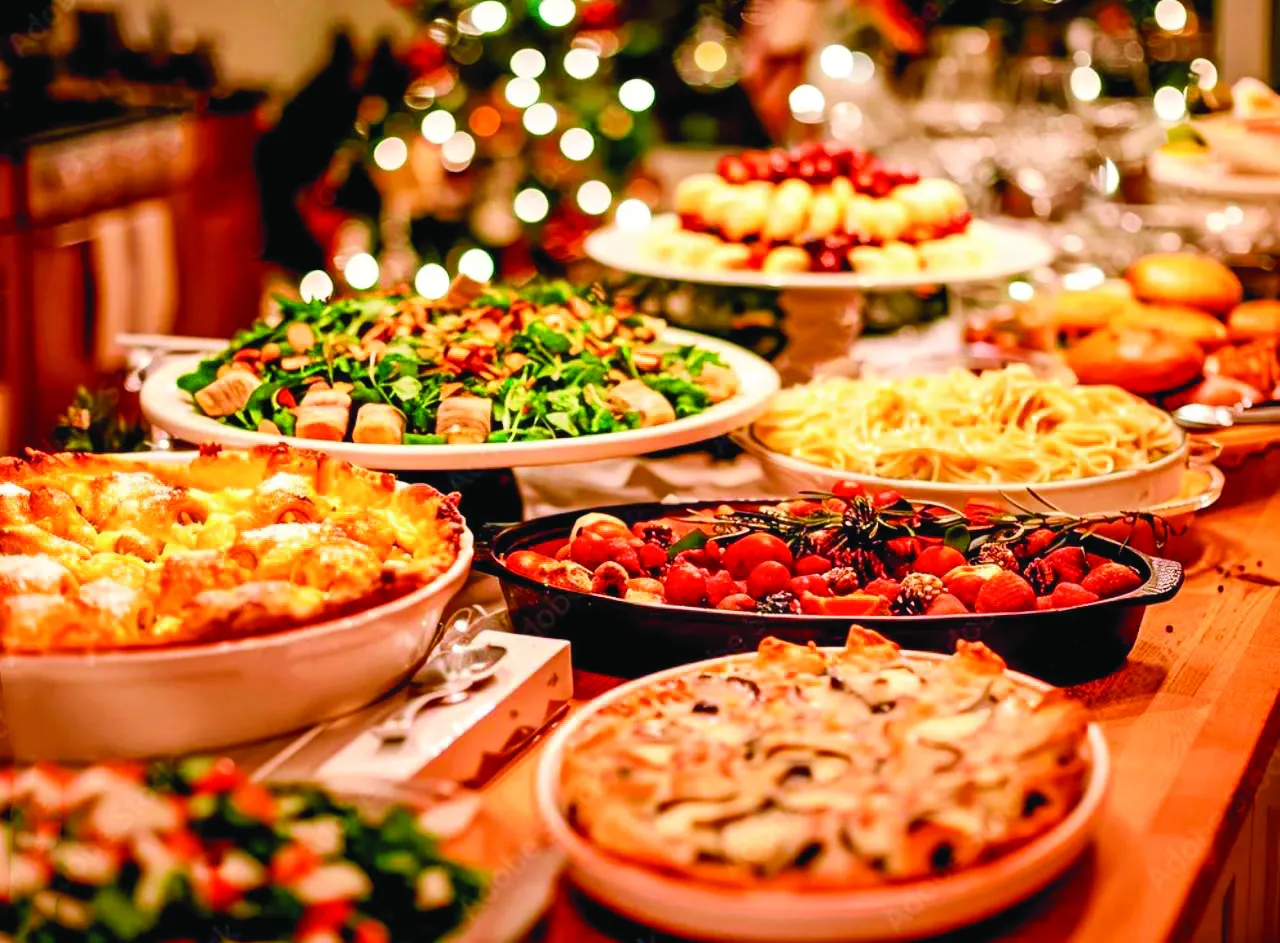It started with the discovery of fire and its transformative power by our ancestors, and eventually with controlled flame usage, they got anywhere close to cooking. Essentially they could now use the flames to ensure better digestible food, and subsequently added flavours with the help of stone tools used for grinding-like purposes. And then followed the metal age, industrial revolutions, mass productions, advent of electricity and recurrent invention of kitchen appliances, which collectively shaped the culinary advancements. Now while the 21st century is termed the era of smart appliances and digital kitchens, truth is we have majorly been cooking the same way for over a hundred years, which also makes this art appear like a monotonous & cumbersome task.
According to a research by the Hartman Group a few years ago, more than 70% of the Gen Z is still strongly inclined towards cooking, though just 26% confirmed that they actually cooked their own food. While some cited lack of cooking knowledge, some blamed it on the paucity of time. Hence, it is high time cooking was revolutionized while ensuring zero loss of taste, flavor and nutrition. Moreover, it needs to be transformed in the true sense, both with respect to implementing recipes as well as saving time & energy. And here comes the role of combination cooking technology, which combines different cooking methodologies to cook any food in one-third the time while saving over 50% on energy as well as oil.
The functionality of combination cooking technology combines flame/induction with microwave to cook food simultaneously from both inside and outside. There are, however, a lot of intricacies involved in bringing the flame/induction in direct contact with heavy electronics for control and leveraging microwave simultaneously for cooking. The magnetron is also relocated to prevent direct exposure to heat sources, thereby making the overall system incorporating this technology absolutely stable. An ideal cooking device based on this technology entails a container heated through conduction, convection, or radiation from the outside. When closed with a lid, the contents are heated inside using microwaves, convection, or any other method from the inside. The safety aspects though become paramount, encompassing aspects like fixed or removable container safety, pan detection, microwave leakage etc.
While this cooking technology can instantly revamp every household kitchen, it has great implications in the commercial food & cooking industry. Besides enabling a variety of cooking like pressure cooking, stirring and blending, it is found to result in substantial cost and time savings in frying, which assumes significance considering the $1 billion worth of the global deep frying market. Based on our findings, replacing the existing frying system with this technology is a very profitable proposition for any restaurant, small & mid-sized kitchen, primarily because nearly 50% less oil is used in this technology. Frying is an energy intensive process and eating fried foods results in ingestion of huge amounts of oil.
When a patty or any other food item is fried, most of the moisture content is replaced by oil, as the food item is floating in the oil for a considerable time, and the water content becomes steam, and evaporates – allowing oil to seep into the food, whereas simultaneous use of microwaves in combination cooking results in steam pressure from inside the patty, resulting in lesser absorption of oil into the patty. Also, since the cooking time is only 1 to 1.5 minutes, the patty is floating in oil for less than 1/3rd the time when compared to the conventional frying process. This results in a lesser amount of oil seeping into the patty, thereby curbing possibilities of aftereffects.
There are significant advantages of adopting this technology in the baking industry, casual dining as well as the Quick Service Restaurant (QSR) sectors. Even more importantly, vegetables and meats cooking using an appliance with in-built combination cooking technology retain all the water-soluble nutrients, minerals, structure, texture, and color. All elements, often lost in boiled or blanched food, are preserved in this case.
Whether it’s about drastically reducing the time to table while increasing earnings in a restaurant, offering freshly fried burgers, patties or fries in a QSR outlet, automating process and ensuring consistency while reducing waste & labour cost in a cloud kitchen, or serving fresh dosas, omelets, biryani and vegetables on live food trucks/counters, combination cooking technology holds the potential to truly revolutionize the overall cooking ecosystem.
Founder & CEO, On2Cook India Pvt. Ltd.






















